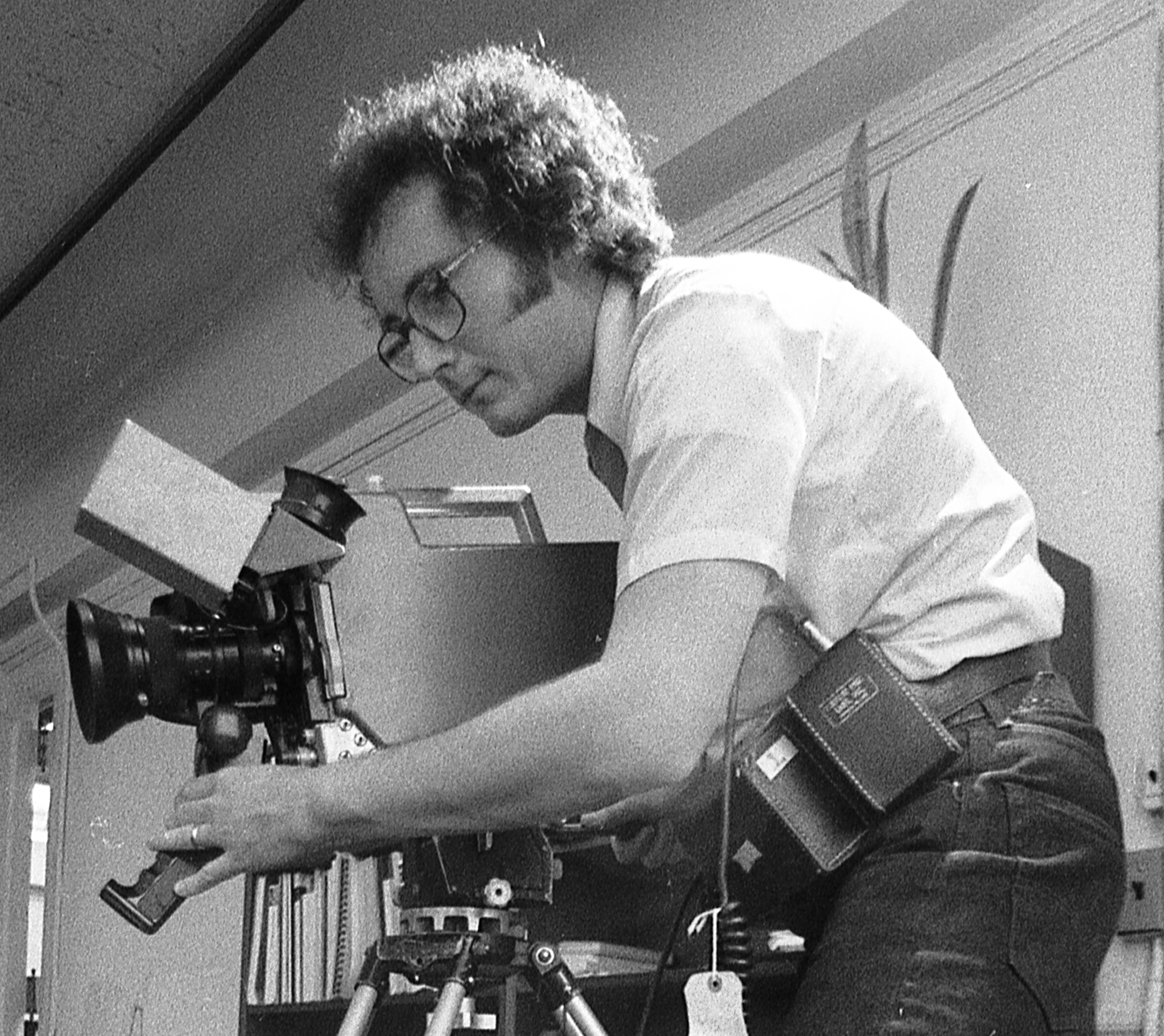High Tech Air Check
Ever since the now-infamous “costume malfunction” at the Super Bowl, the FCC has been extremely sensitive to public complaints about indecency or profanity on the airwaves. But up to now, the onus was on the public to provide the context in which they saw or heard objectionable content. Although many of them did so, a television or radio station was not required to keep recordings of their broadcasts. If a viewer complained, it was his responsibility to prove exactly what he saw.
Recently the FCC issued a Notice of Proposed Rulemaking suggesting that broadcasters be required to keep 60 to 90 days of content archived, presumably to provide monitoring of alleged obscene or indecent programming.
To most television engineers that means constantly running an SLP VHS tape of their broadcast signal. The actual equipment cost of that setup is the cost of a pair of consumer VHS machines and a few cases of VHS tape. However, there are lots of hidden costs involved.
Engineering time must be used to keep the tape machines loaded and running. Tapes must be labeled and shelved in proper order. Ninety days of content at six hours per tape yields a library of at least 360 tapes on the shelf at any given time. When a screening request is received, tapes must be pulled, cued, dubbed, labeled, and physically delivered to the person making the request. If a tape is borrowed and not returned or if it is misfiled or mislabeled the station has lost six hours of air check. If that tape contains material that is the subject of an FCC complaint, the station could be held in violation of the proposed regulations.
Among other issues, the FCC asked, “Does the development and increased use of digital storage and recording reduce the cost?” In a word, the answer is yes. Venacá, a provider of broadcast asset management software, has recently introduced the AirCom I system—a digital television recorder that stores up to 90 days of broadcast content on an array of internal hard drives. Think of it as a DVR on steroids.
The AirCom I provides a redundant architecture to record, store, preview, and export video content to CD or tape. Authorized users can retrieve content from their desktop at any time without technical assistance through a simple PC interface. By marking an in and out point, users can export any portion of video to tape, CD, DVD, or other storage medium.
The AirCom I creates Windows Media 9 files in segments of 15-, 30-, or 60-minute intervals. It includes an overlap between files so commercials will be included in their entirety. The machine can retrieve and import XML data from external sources, including traffic and automation systems. It can even import scheduling data from Microsoft Excel and Word files. In addition, the AirCom I will automatically extract time-based closed captions to facilitate a dialogue search. Users can search for specific programs by title or time of day as well as search the captions within those programs for specific words or phrases.
For those in operations who are constantly bombarded by sales department requests for copies of advertiser spots, promos, and value-added sponsorships, Venacá has recently introduced the AirCom II. This machine allows for recording a high-quality video file (all the way up to DVD quality) to provide customers with copies of how their commercial announcement actually looked on air.
The professional video industry's #1 source for news, trends and product and tech information. Sign up below.
